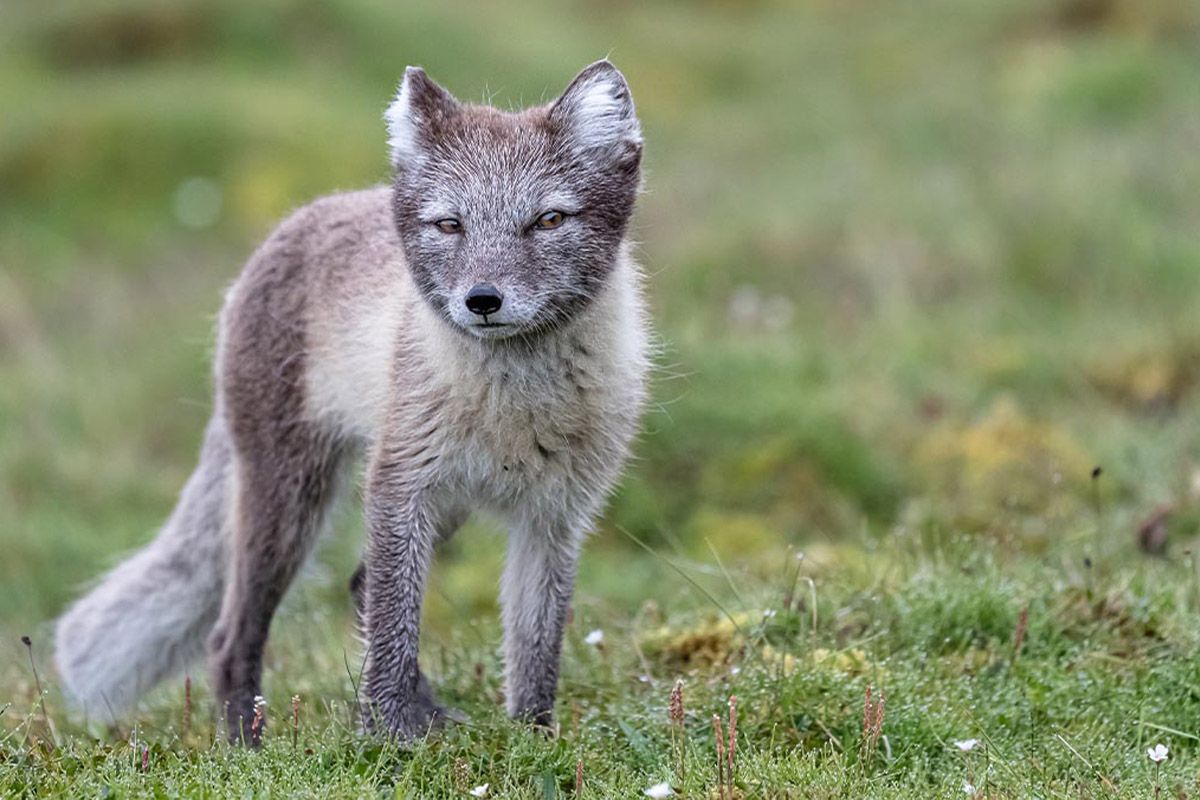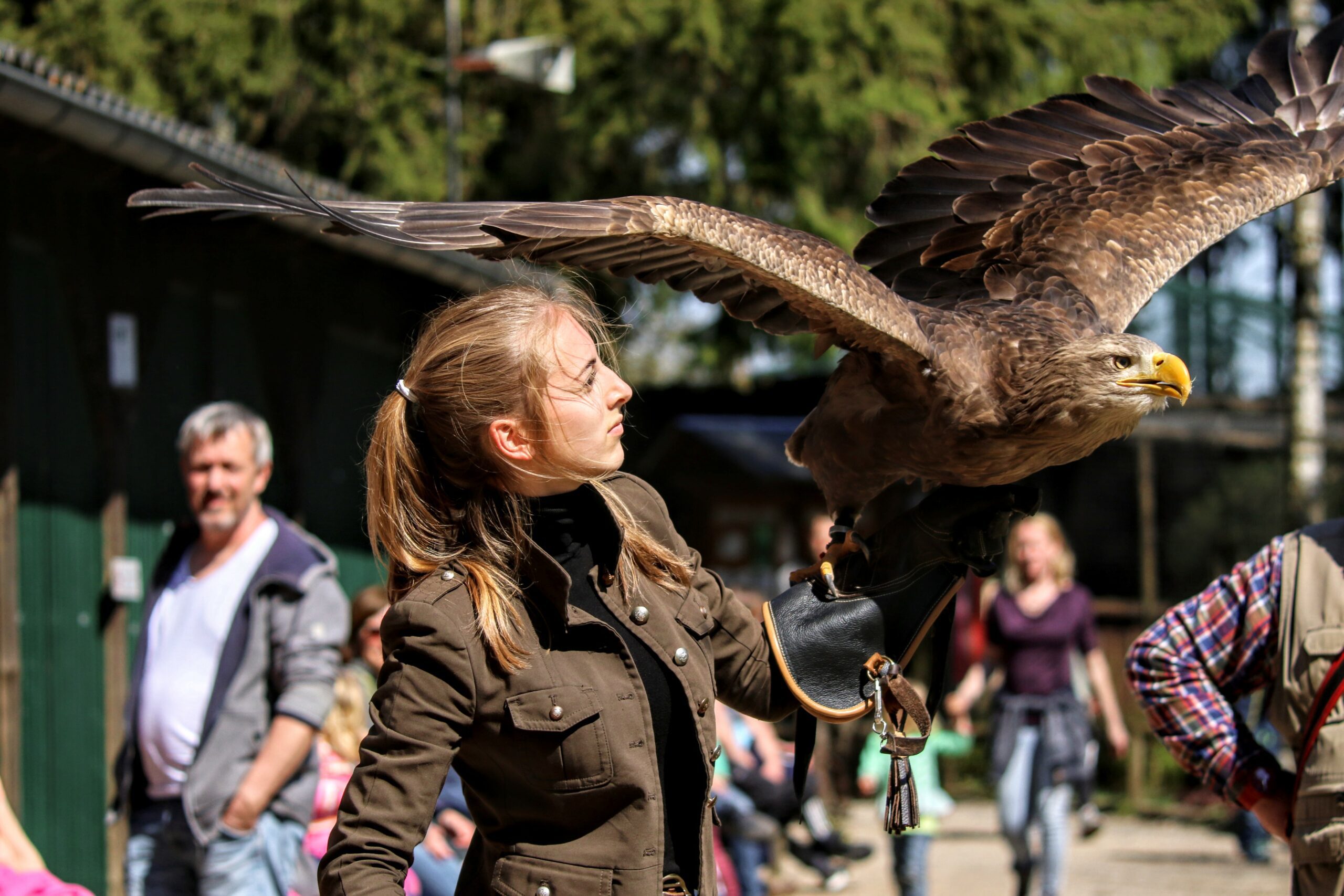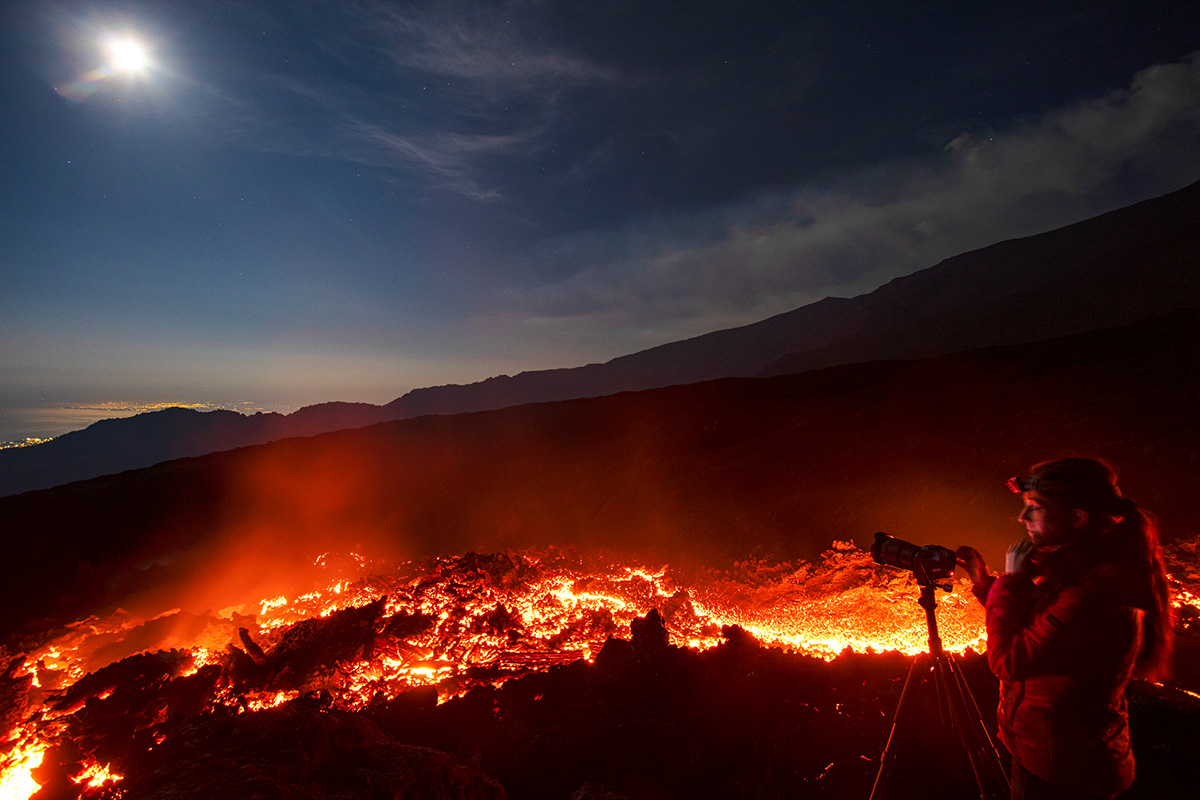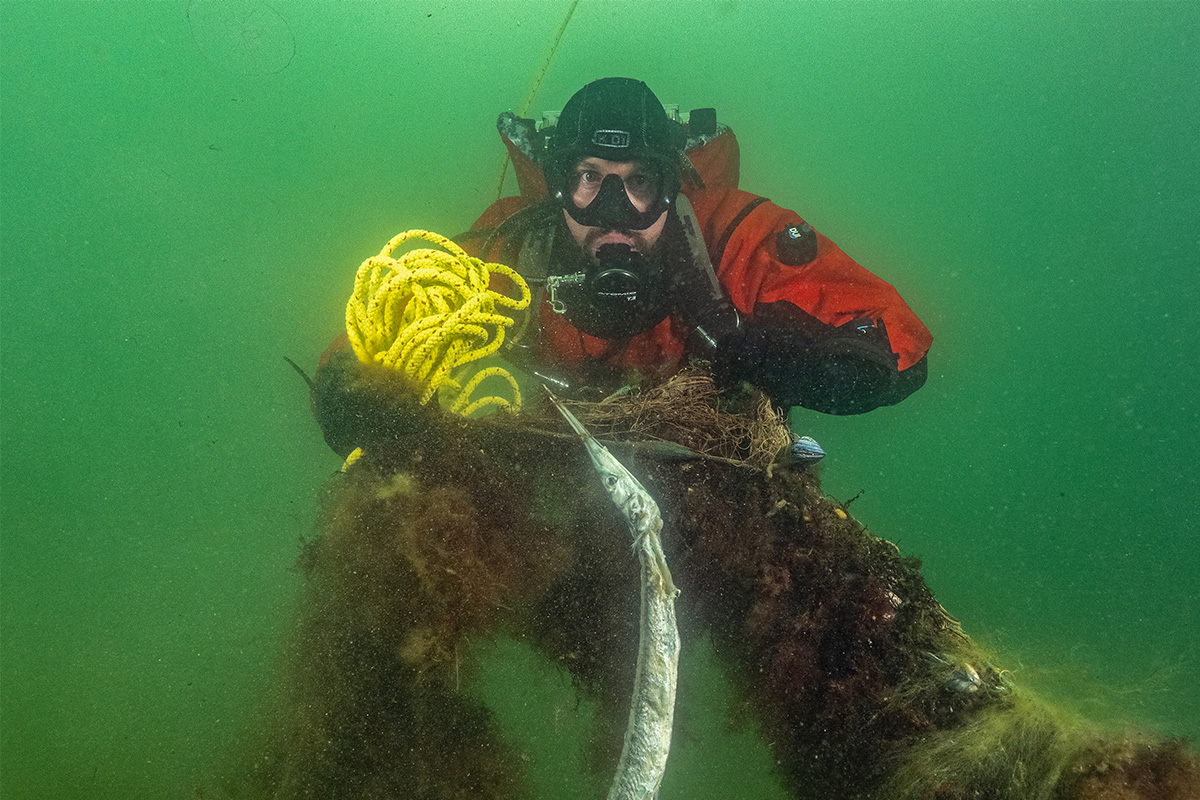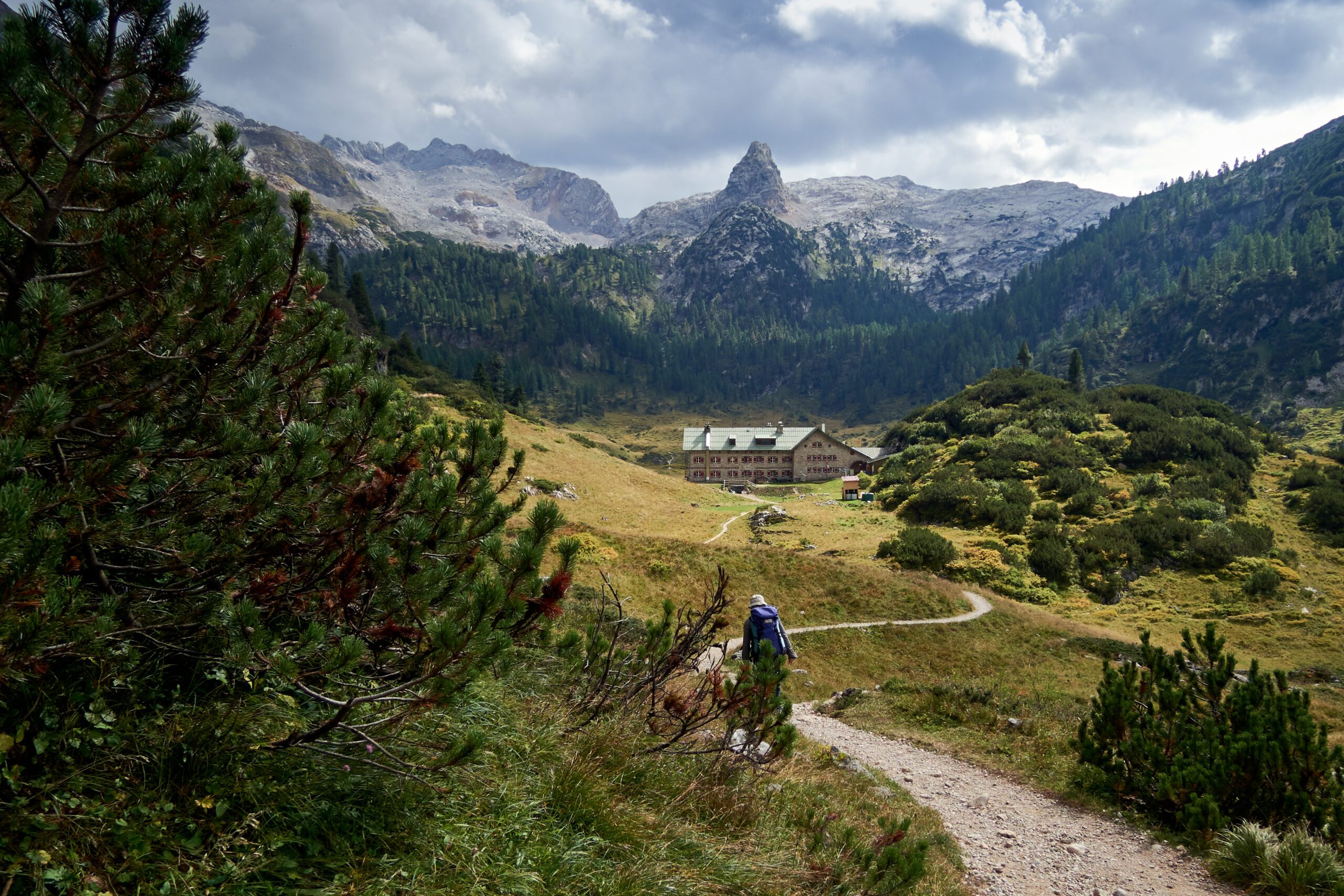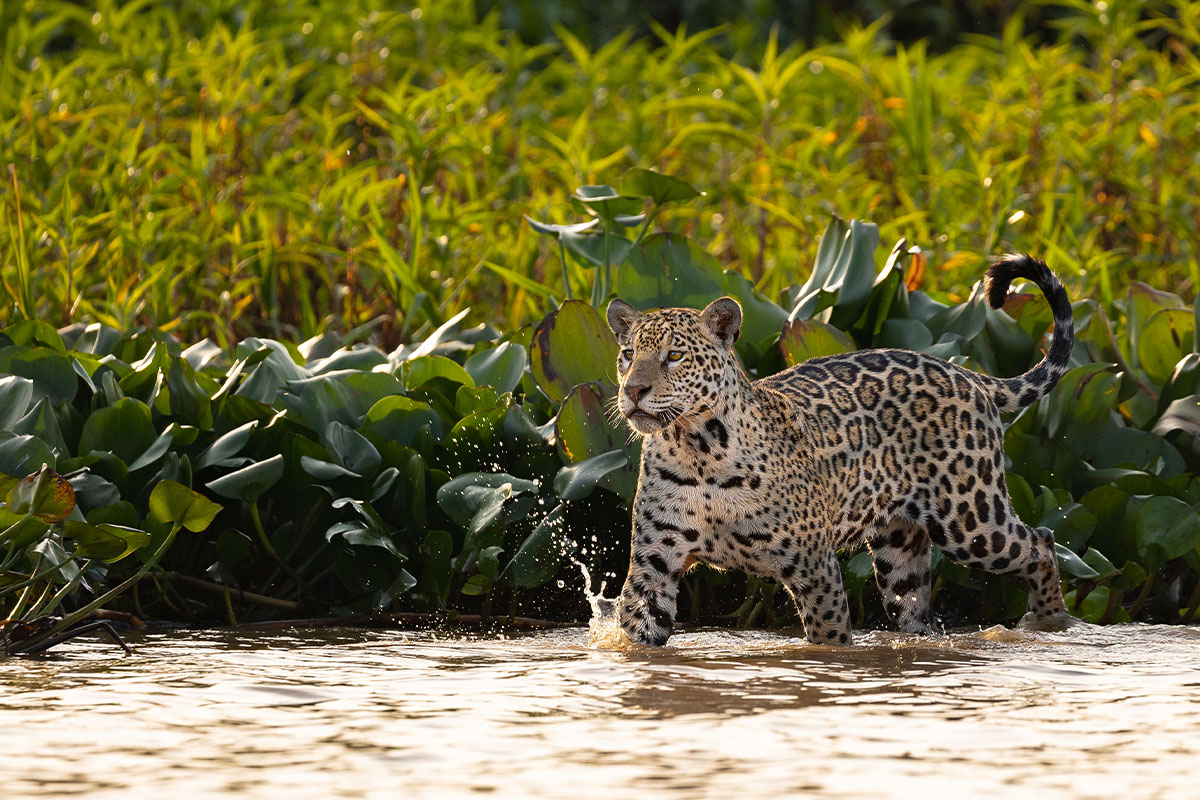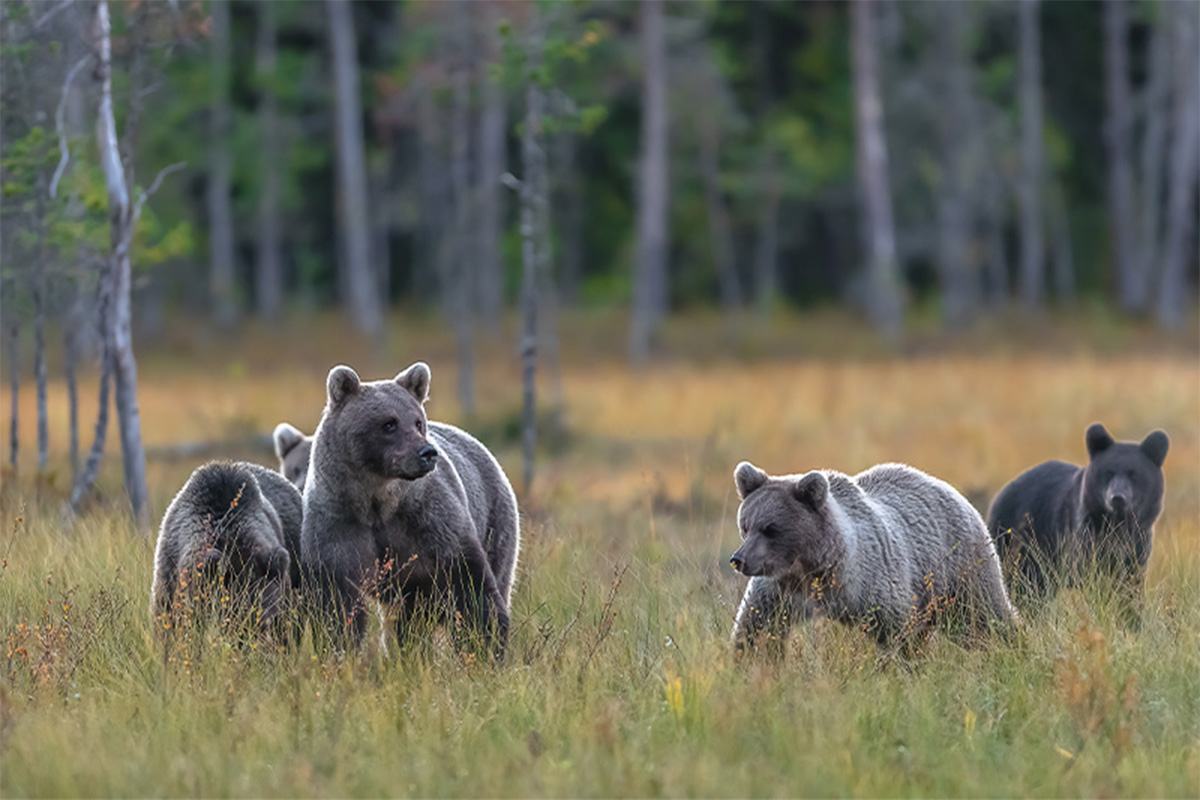Photographed by Robert Marc Lehmann
Robert Marc Lehmann is a marine biologist, research diver and prize-winning nature photographer. In HEROES WORLD, he tells us about the stories behind his images.

The Arctic fox peers skeptically down the camera, eyeballing nature photographer Robert Marc Lehmann behind the lens. It appears a little uneasy about the scenery around it. Of course, the fox has home advantage, as conditions on Svalbard are often bitterly cold. And, while Robert is shivering despite his thick down jacket, the fox is perfectly warm.
This is because the Arctic fox is perfectly suited to its surroundings. In truth, the Arctic fox is hardly comparable to the common fox we know from our forests at home. They live across the Arctic, including in Norway, on Svalbard, in Alaska and in northern Canada. “The Arctic fox changes its coat every year,” explains Robert. “In summer, as you can see in the photo, its coat is gray. In winter, the Arctic fox becomes a wonderful cuddly white.” And of course, with its white coat, the fox can conceal itself perfectly in the snow.
Yet, this coat has another special feature: it is the warmest coat in the animal kingdom. “Arctic foxes can withstand temperatures as low as -50°C (-58°F) before they actually start to feel the cold,” says Robert. They can survive even colder: “In total, they can survive in temperatures as low as -70°C (-94°C). Such temperatures are not uncommon in the Arctic. As a result, the body structure of the Arctic fox has also evolved to withstand these icy conditions.” In fact, the Arctic fox is only as large as a domestic cat, has short legs and a squat face to reduce the area exposed to the wind and prevent it from losing body heat .
However, why this fox is looking down the lens with such suspicion remains a mystery. Maybe he knows something we don’t – foxes are considered cunning, after all. In any case, the Arctic fox is a “very cool and special animal”, says Robert.
